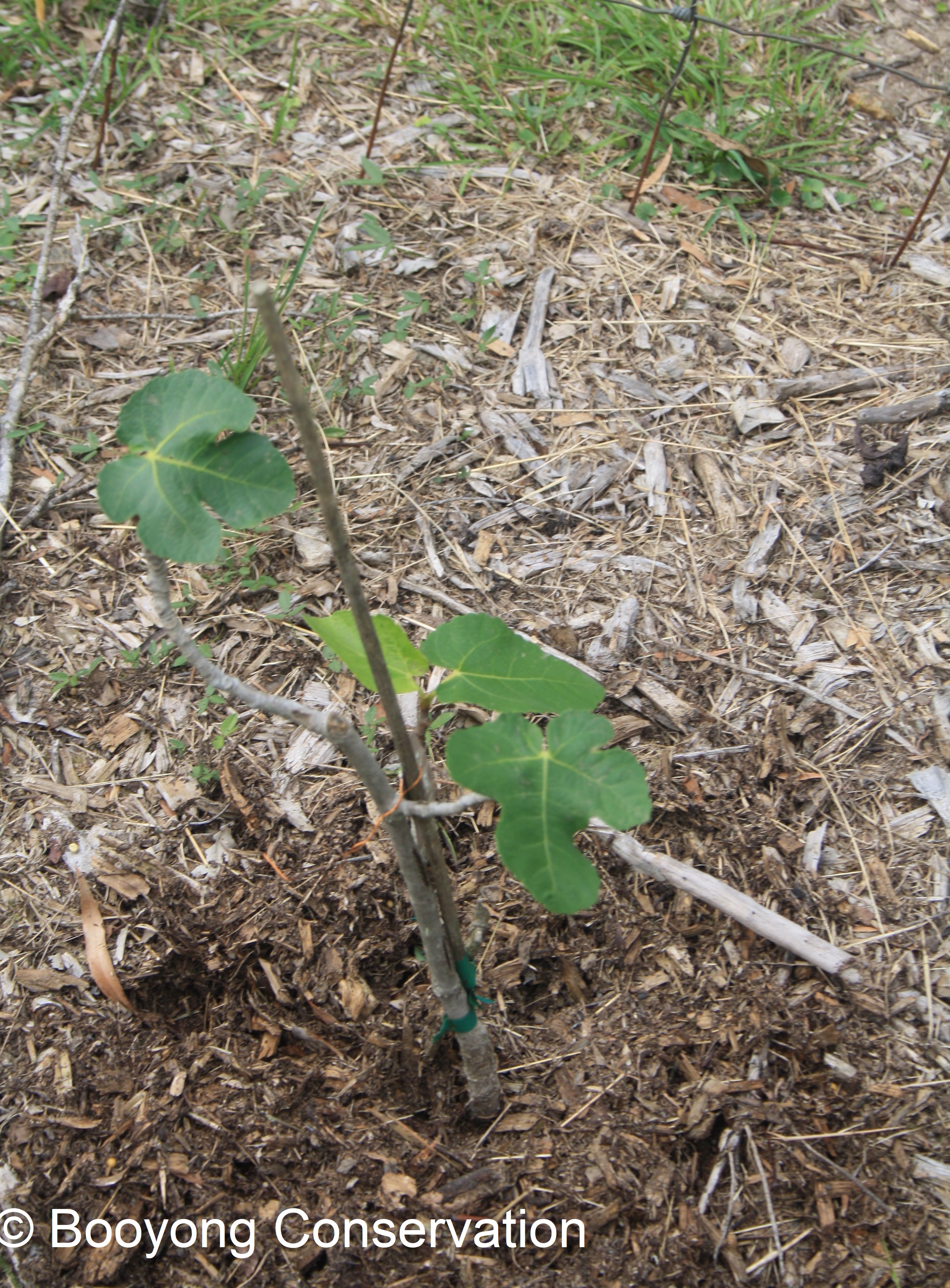They say figs are easy to grow, but I’m not so sure. Our two fig trees at Booyong are not flourishing at all. Fortunately one has some new growth, I’m not sure that the other one will survive.
I recall my first introduction to a fig tree was when we were staying at a hobby farm on the mid north coast, it was stunning. Just before I had purchased some fig and ginger jam at a lovely fruit store at the base of Mt Tomah, it was the most delicious jam ever. One of the first things I did when we moved to Booyong was to plant a fig tree. It was grafted and brought at Daley’s and whilst it isn’t doing so great right now, I will not give up!
One of the mistakes we made, in hindsight was to not nurture the soil before planting. The fig likes soil enriched with compost and manure and mulching is essential. Our soil is not great, and we have discovered needs allot of attention. Once the dam is filled and established, we will turn our attention to irrigation, organic soil and mulch in the food forest. Until then, we will continue to learn and do the best we can. Fortunately, the fig is a hardy plant, it’s hanging in there – just!
Like Citrus the fig doesn’t like things growing around them and they have shallow roots. They like good drainage and grow well in a variety of climates Subtropical, Warm Temperate, Cool Temperate and Arid. They like a Neutral ph level of Neutral (6.6-7.3pH). When healthy and established we will expect them to grow 2-5m high and they will tolerate light frosts. As I mentioned early the fig is deciduous and becomes dormant in Winter. While fruiting and in the hotter months, they require moderate watering. Fertiliser is required when new growth appears, however once established, they won’t need much feeding, just some added compost every couple of years.
After planting we would expect fruit in March – April 2-3 years after and once we have a healthy and established tree, we will prune it to remain at about 2m so that we can access it to harvest. We will also protect the young trees from frost until they are established.
Figs can be propagated from cuttings. Recommended companion plants include Rue, Strawberries, Marigolds, Comfrey and Artichoke. For more information check out The Permaculture research institute.
They can be eaten fresh, roasted, dried, stewed or preserved, so many reasons to persist and we will net the trees to protect the crops from birds and wildlife.
I cannot wait to make sweet fig and ginger jam and will certainly keep you posted.
